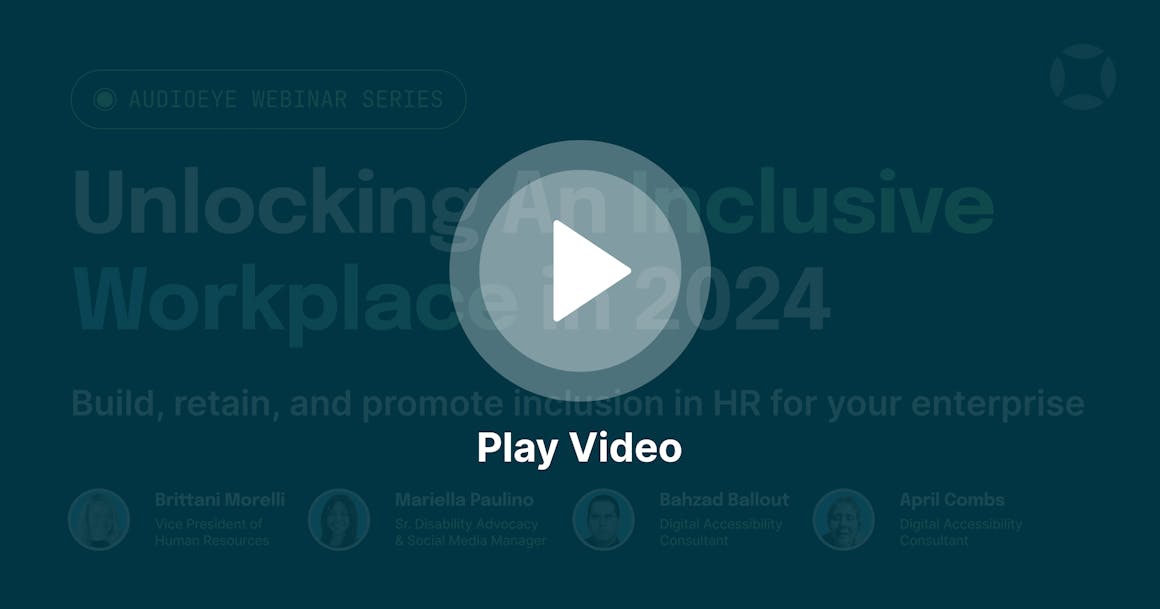Webinar Recap: 7 Keys to Unlocking an Inclusive Workplace in 2024
Ready to see AudioEye in action?
Watch Demo
Earlier this month, AudioEye hosted a webinar on how to build, retain, and promote inclusion and accessibility in the workforce. This blog post recaps some of the best practices shared during the event by our panelists, which included AudioEye's VP of Human Resources and two members of the AudioEye A11iance — a group of people with disabilities who help AudioEye test customer websites.
October may be National Disability Employment Awareness Month, but building a diverse, inclusive workforce should be a year-round priority for all organizations.
Recently, AudioEye hosted a webinar on how to build, retain, and promote inclusion in the workplace featuring Brittani Morelli, AudioEye’s VP of Human Resources, and two members of AudioEye’s A11iance team: Bahzad “Baz” Ballout and April Combs.
Here are some key takeaways from the webinar — and how you can apply them to Diversity, Equity, and Inclusion (DEI) initiatives in your organization.
1. Digital accessibility is a journey (and that’s okay)
Brittani started the webinar by talking about her experience with accessibility — and how she had limited exposure to digital accessibility or assistive technology (AT) before joining AudioEye three years ago.
One of the core themes of the webinar was that it’s okay if everything isn’t perfectly accessible today as long as organizations are focused on improving the accessibility of tools and creating opportunities for people with disabilities to share feedback.
Pro Tips:
- Regularly assess and update your accessibility tools and practices.
- Encourage open dialogue and feedback, creating an environment where everyone feels comfortable sharing their experiences and perspectives.
2. Technology is knocking down barriers to equal access and opportunity
Baz and April emphasized the importance of education and collaboration with the disability community — and discussed the impact of technology on their careers and ability to find ongoing employment.
Baz shared that screen readers like JAWS and VoiceOver (which read information out loud to people who are blind or vision impaired) have allowed him to browse websites, shop online, communicate with sighted counterparts on Slack, and independently use web apps like Microsoft Word.
Pro Tips:
- Engage in continuous learning and collaboration within the disability community. This fosters growth, awareness, and better integration of technology, ensuring a more inclusive environment.
- Embrace technology as a gateway to expanded opportunities. With the right tools, individuals with disabilities can actively contribute to their careers and find meaningful employment.
“At the end of the day, all we want is to be gainfully employed just like everyone else. It was more difficult [20 years ago] because we didn’t have the right technology. We had to pound the pavement a lot more.”
April Combs, AudioEye A11iance Member
3. Diversity starts with your recruitment funnel
Prioritizing accessibility in the recruitment process is key to attracting diverse candidates. If there are barriers to accessibility in your hiring process, you’re less likely to get a wide range of applicants.
During the webinar, Brittani shared some of the ways AudioEye prioritizes diversity in the recruitment process — from clearly stating our commitment to accessibility in job descriptions to creating objective rubrics that help hiring managers limit unconscious bias when evaluating candidates.
She also talked about how we’ve evolved our hiring process to be more accessible by offering knowledge tests in multiple formats — which enables people who learn or test differently to perform to the best of their ability.
Pro Tips:
- Clearly spell out your commitment to diverse hiring practices, giving candidates an easy way to reach out about any accommodations they need during the recruiting process.
- Consider multiple formats for knowledge tests and other practical exams.
4. Embed accessibility throughout the employee lifecycle
During the webinar, Baz stressed the importance of training every employee on the importance of accessibility — and shared several online resources that can help organizations kickstart their accessibility journey.
At AudioEye, each new hire goes through internal training to help them understand the technical elements of accessibility — and how to approach it with empathy.
Pro Tips:
- Ensure accessibility is included in DEI initiatives (which sadly is not always the case).
- Develop accessible onboarding materials, incorporating various learning styles.
- Provide opportunities for team members to become certified in digital accessibility, creating a team of subject matter experts within your organization.
5. Accommodations should be easy to request
For many employees, there can be a lot of hesitancy around requesting a workplace accommodation. As an HR leader, it’s important to understand the requirements outlined by the Americans with Disabilities Act (ADA) — and ensure that everyone knows how your accommodation process works.
It’s important to remember that most people with disabilities will not disclose their disability, even if they benefit from accommodations following that disclosure!
Pro Tips:
- Make sure your policy is clearly outlined for new hires — and something you revisit for all employees. At AudioEye, we hold regular sessions to remind people about our policy and their options for accessibility accommodations.
- Establish a home budget for office equipment, instead of making employees disclose their disability by requesting an item.
- Run accommodation requests through HR, removing the onus on managers to handle these requests or understand the latest requirements in disability policy.
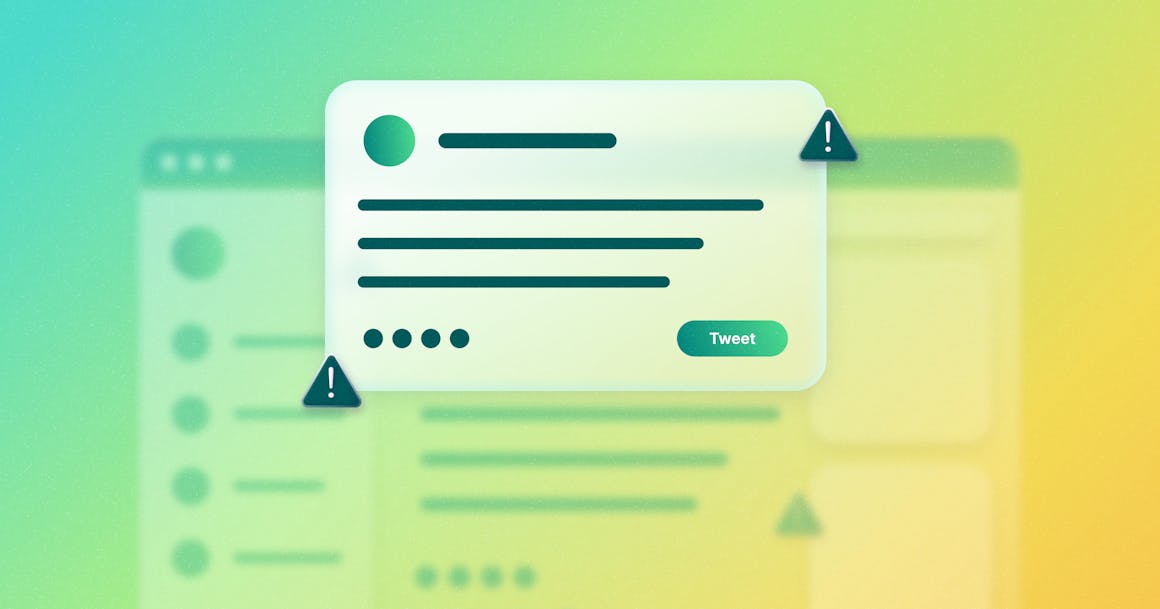
6. The right tools can make a huge difference
During the webinar, Brittani shared that she has evaluated over 50 HR tools in her time at AudioEye — but can count on one hand how many of them were accessible!
Most companies think their product or tool is accessible, but at AudioEye we’ve gotten in the habit of testing tools before we implement them internally. When we do encounter accessibility issues, our team tries to work with companies to address them before moving on to other, more accessible options.
Baz also stressed the importance of continuing to evaluate tools throughout their lifecycle, as many accessible tools can become inaccessible with each update.
Pro Tips:
- For any technology solution or vendor, request a Voluntary Product Accessibility Template (VPAT) — which outlines how a piece of technology adheres to accessibility requirements.
- Continue evaluating tools to make sure they work for everyone — with open lines of communication for people to report issues.
“There needs to be some level of maintenance for maintaining apps and websites. Too often, we encounter some piece of software that’s working [flawlessly] … and then it breaks. The more you [keep accessibility] at the forefront, the fewer problems you will have.”
Baz Ballout
7. Include people with disabilities in any conversation about accessibility
April shared that education is the first step to accessibility, whether it’s reaching out to state departments, vocational agencies that help people with disabilities become gainfully employed, or working with an accessibility vendor. If you’re going to work with a vendor, however, she stressed the need to find one that actually works with members of the disability community.
Pro Tip
- Include people with disabilities in conversations about accessibility. Their insights are invaluable and offer first-hand perspectives crucial for creating truly accessible solutions.
Commit to the journey of digital accessibility
One of the first steps to creating a more inclusive workplace is recognizing that many workplace tools and dynamics are inherently inaccessible.
At AudioEye, we rely on feedback from our team members — including members of the disability community — to help us continually improve the accessibility of our tools, policies, and processes.
Our goal is to offer everyone the same employee experience, regardless of ability. By embracing accessibility as a journey and integrating it into every aspect of the employee lifecycle, your organization can also create an environment where everyone can thrive — and reap the benefits of a diverse, inclusive workforce.
Want more tips on building a diverse, inclusive team? Check out Brittani’s recent post on inclusive hiring practices or hear from members of the AudioEye A11iance community.
Ready to see AudioEye in action?
Watch Demo
Ready to test your website for accessibility?
Share post
Topics:
Keep Reading
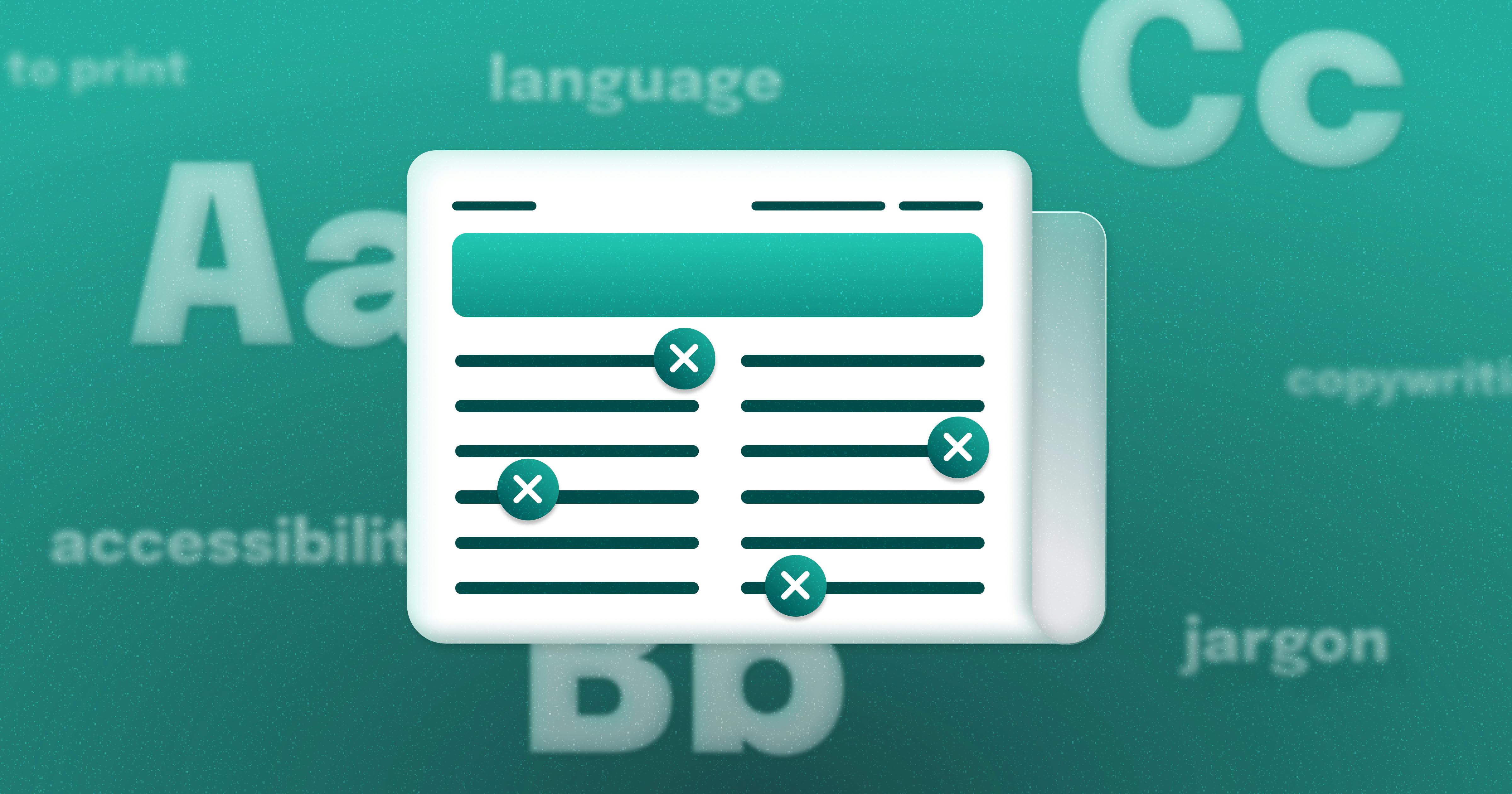
Newsletter Best Practices for Screen Reader Use
Newsletters are a common tool used in marketing teams. Discover how to make these content types more accessible for individuals with disabilities from AudioEye A11iance Member Jessica Phillips.
community
March 27, 2025
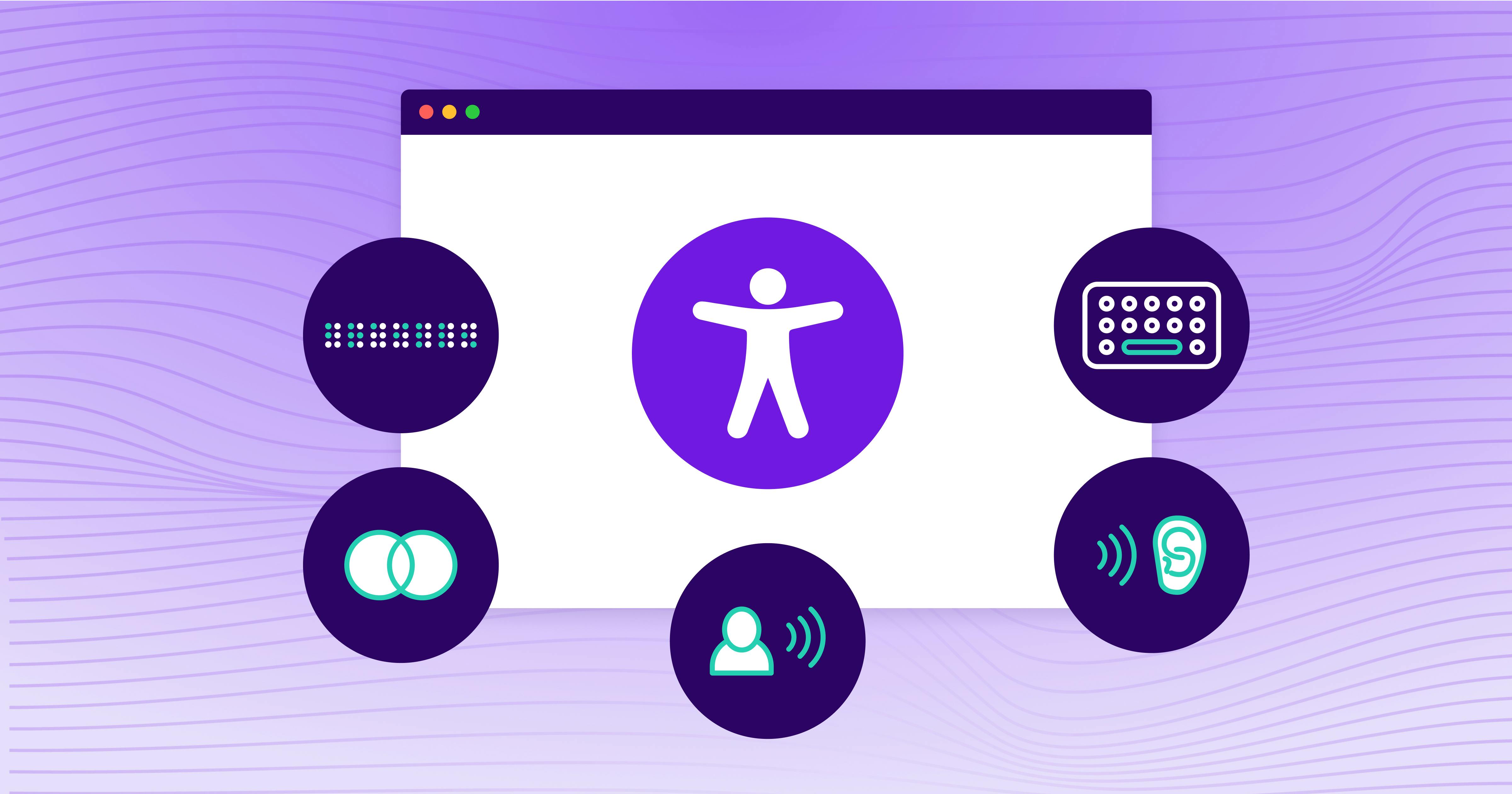
Types of Assistive Technology Tools
Learn about the different assistive technologies that people with disabilities use to browse your website and how you can increase compatibility with them.
community
February 08, 2025
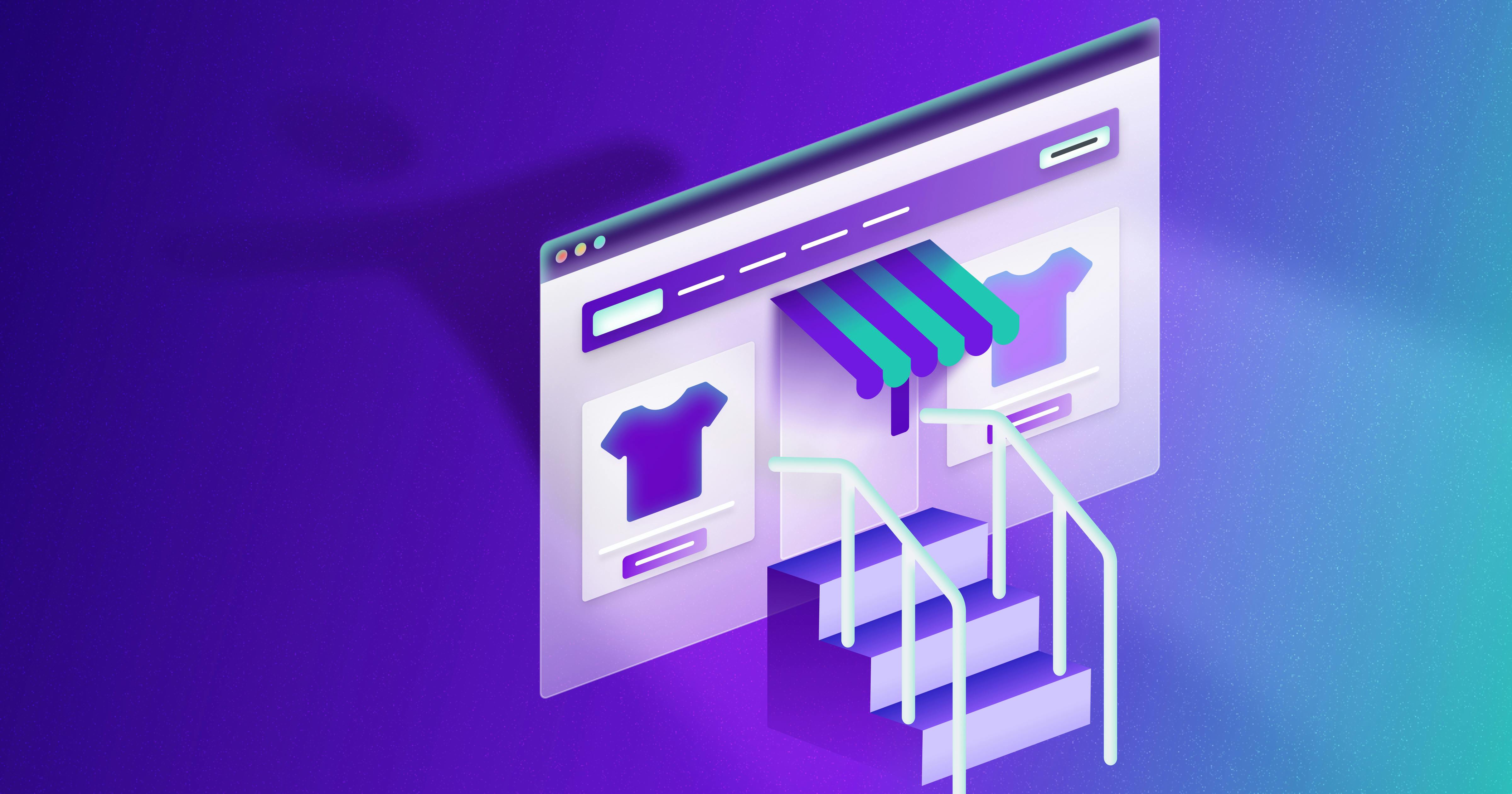
What It’s Like to Shop Online When You’re Blind
Online shopping is often frustrating and inaccessible for blind users, but accessibility fosters confidence and loyalty.
community
January 21, 2025

